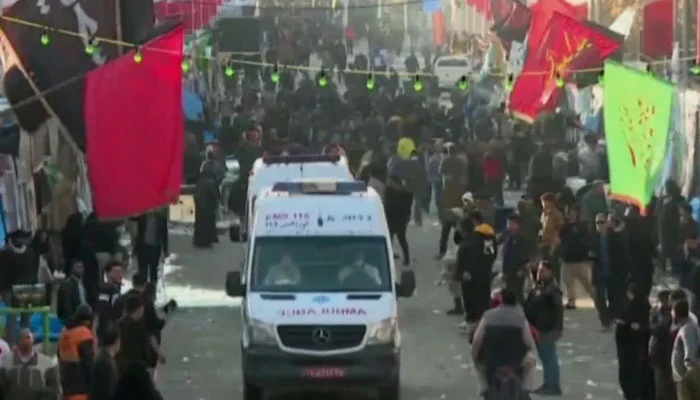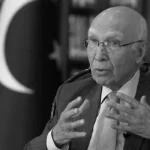The twin explosions near Qasem Soleimani’s grave in southern Iran, which left at least 84 people dead and 284 injured, are believed to have been caused by ISIS, also known as Daesh. This incident is the deadliest to have occurred in Iran since the 1979 revolution.
More than twenty-four hours after the blasts, the Al-Furqan media wing of ISIS claimed that two suicide bombers had attacked Shiite mourners marking the fourth anniversary of Soleimani’s murder.
The bombers were identified and it was claimed in the ISIS statement, “And Kill Them Wherever You Find Them,” that they set off their explosive vests among “polytheists” close to Soleimani’s grave.
But no more proof was offered, and ISIS’s claimed death toll greatly outpaced the numbers given by Iranian officials.
Iran has not yet formally addressed Daesh’s assertion.
The two explosions, the second deadlier than the first, happened very quickly after each other, according to Iran’s interior minister.
Iranian media suggests a remote detonation from a suitcase in a car, whereas ISIS suggests suicide bombers. The actual nature of the explosions is different.
Videos taken at the site showed people rushing about, victims covered in blood, and ambulances making their way through the throng. President Ebhrahim Raisi of Iran canceled his scheduled trip to Turkey and announced a day of mourning. President Raisi first accused Israel of being responsible for the blasts, but the Israeli military failed to comment.
Analysts and a U.S. official surmised that the event had similarities to a terrorist strike, given Daesh’s previous behavior, prior to the group’s declaration.
The attack’s target, Soleimani, was a well-known Iranian leader of the Revolutionary Guards’ Quds Force who the US had classified as a foreign terrorist organization. On January 3, 2020, a US airstrike killed him.







